Have you ever sat down and written in a journal, only to read it later and wonder: Who wrote that? Where did that poem come from? Painters often look at their finished work and think: Did I do that? This is the gift of finding some way to get out of your head long enough to let some magic come through.
Decades ago, I was desperate to connect. I was a teenager consumed by angst and questions.
As many teens do, we spent some late nights playing forbidden games like Ouija board, chanting and calling on ghosts. We scared each other out of our wits and it was all fun and games. One weekend morning, the rest of my family was busy with breakfast, swimming and laughter and I sat in a sunlit corner of my room with the Ouija board. Without the group of friends, the giggles and the theatrics, I just sat for a long time. I wasn’t trying too hard, quite honestly, I was sitting. And the glass began to glide. My heart was pounding out of control and my entire body was on alert.
I was terrified, but thrilled.
I started a series of basic questions that I asked out loud.
Are you a spirit? No
A ghost? Yes.
Are you someone I know? No
Are you friendly? Yes
Did you live here? No
Did you die here? No
It was laborious. I wasn’t really sure what questions to ask next.
What is your name? No movement.
Are you a man? No movement
A woman? No movement.
A child? Yes
Are you lost? Yes
Are you alone? Yes
Do you need help? No
At that point, my questions ran out. I had no idea how to ‘end’ a connection with a ghost, but I had some intuition that I needed to do that and so I cobbled together some ending – probably derived from a movie.
“Thank you for visiting and now you can go back to where you came from. Go to the light.”
I collapsed into hysterical laughter. But I had found a connection. Over the next year, I became more skilled at asking questions. I searched some books in the library and found some more information about the world of spirits, ghosts and guides.
But the slow question-asking was laborious and, frankly, I didn’t get much out of it. Hours were spent asking and spelling out answers that led nowhere.
It wasn’t working out well for me and I struggled to distinguish between my inner voices and external messages. I turned my attention to writing and it was the first place I found an easier way to connect with other realms.
Later, I read about Carl Jung’s depth psychology and was intrigued to find that he had used similar methods in his own therapy. Jung is believed to have received the text Seven Sermons to the Dead via automatic writing over three evenings in 1913. He thought the text had come from the spirit of one Basilides of Alexandria, a second-century Gnostic teacher. He felt this also proved his idea that the collective unconscious was the source of knowledge outside our individual minds, believing the source of the writing originated in the broader collective unconscious.
Over the years of writing books and working with authors, I have seen that this ability to quiet the mind is not necessarily spiritual and is a place creatives tap into, we often call the Muse. Novelists and writers also use it as a way to ‘get into character’, so it really doesn’t need to have a paranormal aspect to it.
What is channelled writing?
Automatic writing, also known as psychography or automatism, is the practice of tapping into a deep source of wisdom outside of your conscious awareness. It can be used in many ways, including accessing a spiritual realm. It is also widely used in psychology and in systemic work to allow you to tap into the mindset of another in a way that stands outside rational thought.
Jung believed it could tap into the ego’s contents, which can include visions, fantasies and dream-like material from the unconscious. The process involves letting words or images flow onto the page without conscious censorship or overthinking, creating a dialogue between the conscious ego and the unconscious.
Modern psychodynamic theories propose that unconscious work, such as writing, allows things to come out that are put away during our conscious awareness. Despite its use in psychotherapy, automatic writing has been more associated with metaphysical spiritualism rather than psychotherapy and is deeply rooted in the spiritualism movement of the 19th century.
Since the entire aim of this form is to get the thinking mind out of the way, it is a good idea not to overthink it. When working with authors or in a therapeutic setting, the aim is just to let the words flow.
Find your place
Creating a practice is about repetition and sacred ritual that has a meaning to you. Find a special place to do this, don’t mix it with your desk and keyboard.
Quiet the noise
Find a place of stillness inside yourself. This is as simple as sitting quietly for five minutes. You can use meditation. You can listen to some music, you can do breathwork or you can work with a mantra, but sitting down in a structured way and centring yourself is the first step.
Prepare the page
You need a blank page and a pen. This works best with an A4 exam pad and paper. The size of the paper is significant as it allows your head the space to move across the page with freedom and openness. Small notebooks do not have the same effect. If you are working on a series of channelled pieces, then buy an A4 school book and work through that.
Start writing
The first words and often the first pages are usually your own. When you start writing, the words that emerge may come from your conscious mind. However, if you let your hand continue moving across the page, potentially filling a full page, your thinking may shift into an unconscious or subconscious state on the second page and beyond.
Don’t stop
The key here is to keep going long enough for the conscious mind to step aside. Let the words ramble and go in all directions, keep going for a few pages or a timed 10 minutes. It may end up that you write a few key sentences that come from ‘nowhere’ or even whole pages.
Embed the ritual
The key to calling on the spirit world is to create a repeated ritual. You may always want to wear a particular piece of clothing. This can be a ritual necklace, a piece of cloth over your shoulders, a ritual outfit or simply a special pen.
You may put together a chain of small events, all of which signal to your guides that you are preparing for them.
HOW TO START
Don’t get confused with WHO is writing. They are. That means they are speaking to you, about you, or simply asking you to record a message. Your pen (and by extension your hand) is simply moving to record the images, words or thoughts you are feeling from them.
To work on an illness, issue or query
Let the issue or condition write to you. For example, you may want to work on anxiety, cancer, depression or ‘the need to overeat’. You may use these ideas to start the flow.
I am drawn to you because…
I am not sure why you are so worried about me…
I like you…
I want to explain what I want…
To connect to a departed one
Close your eyes and imagine the person you want to connect with. Let them write through you as if they are speaking to you. You may choose to channel your deceased father, in which case the way he would write would be a letter from him to you, addressing you directly. He may start something like that with a sentence like:
Hello [your name]. I have some things I need to share with you…
Hello [your name]. Thank you for asking me for my advice…
To connect to a departed one with a message for another
Close your eyes and imagine the person you want to communicate with. If you don’t know what they look like, use their name. Let them write through you as if they are speaking to you
Andre, I have some things I want to share…
I have a few messages I want to share…
To connect to a living person.
This is a great tool to understand what is going on for the other person. Close your eyes and imagine the person in your mind’s eye. Take a moment to really see them in front of you. See their physical body in detail and also notice their energy body. When they are vivid in your mind, open your eyes and start to write. They are speaking to you and about you.
It may look or start like this…
There are a few things I need to tell you…
What is going on between us is…
I am feeling…
To connect to a spirit, master, guide or higher-dimensional being
You start by calling them in your opening invocation. Begin with general writing, possibly starting with a formulaic greeting. Let them greet you as it opens the space and helps move into a different dimensional headspace. It may help to use language that is elevated or different.
Example:
Greetings, beloved child. It is not easy to find your way to my realm and so I honour your commitment and your true light. I come with love and light. I come for the higher good. I am [name]…
Channel writing and, in fact, any channelled messaging, is that the information can be deeply profound and it can be mundane.
It can be very general universal truths, like: We are all made of energy and love. It can also be evidential and personal, like: The missing gold jewellery is in the loft in a shoe box.
Tap into a great master, an angel or a wise being for broader messages for humanity and try a family member for more minor familial concerns and worries. If you choose to speak to a grandfather and grandmother – and a father figure on the other side – the information they deliver to you may be more personal, ranging from family issues to life issues to questions you may have, so it’s pretty worthwhile having a practice of having both of these levels to access.
See if you can try both. The former is easier to write and harder to verify.



